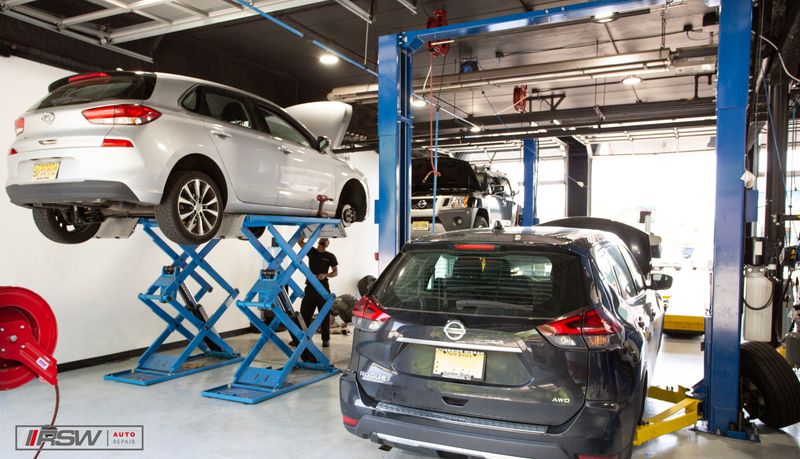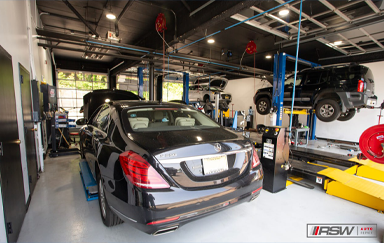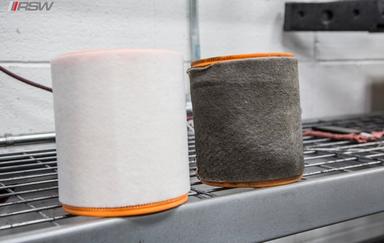RSW Auto Repair
Trust - Reliability - Integrity
Premium auto care delivered by certified experts who refuse to cut corners. It’s not a motto — it’s the culture that built RSW.

Google Reviews
See what our customers are saying about us
Reviews and ratings provided by Google.
Amandeep Singh
2 weeks ago
Came here for a Pre-Purchase Inspection. The team did a great job in providing a very detailed report of the vehicle. Great customer service as well. Would definitely recommend.
Elizabeth Johnson
a month ago
Keith Wing
4 months ago
Amandeep Singh
2 weeks ago
Came here for a Pre-Purchase Inspection. The team did a great job in providing a very detailed report of the vehicle. Great customer service as well. Would definitely recommend.
Elizabeth Johnson
a month ago
Why RSW Auto Repair Is the Trusted Choice
Experience what it’s like to work with true automotive professionals who genuinely care about you and your vehicle.

Fast, Reliable Service You Can Trust
We value your time. That’s why we deliver efficient diagnostics, prompt repairs, and same-day completion on most routine services — all with flexible scheduling to fit your day.

Professionally Trained & Certified
Our certified experts train year-round to stay current with evolving automotive technology — so your vehicle always gets the most accurate, advanced care.

Quality Parts You Can Count On
Our repairs utilize OEM and high-grade aftermarket parts sourced from trusted suppliers, delivering superior durability and factory-level performance.

Industry-Leading Warranties
We stand behind every repair with strong warranty protection — your peace of mind matters. 1 Year / 12,000 Mile, 2 Year / 24,000 Mile, and 3 Year / 36,000 Mile Options Available.
Our Approach To Automotive Repair
From start to finish, we make auto repair simple, transparent, and stress-free.
Call or Book Appointment
Book your appointment online, by phone, or visit us in person. Choose a time that works best for your schedule. We offer same-day service for urgent repairs and convenient early drop-off options.
Complimentary Inspection (No Charge)
Our ASE-certified technicians take the time to duplicate your concern, road test the vehicle, complete a thorough multi-point visual inspection, and analyze all diagnostic data. Once we identify what your vehicle truly needs, we provide a transparent, detailed estimate before moving forward.
Testing Plan (Priced Before Work Begins)
If additional diagnostic testing is required to identify the root cause, we’ll present you with a clear, detailed testing plan — including pricing — based on our technician’s expert opinion. You choose how to proceed, with full transparency before any paid work begins.
Expert Repairs
Once you approve the repair plan, our experienced team gets to work. Using quality parts, proven procedures, and precise workmanship, we correct the issues identified during testing and restore your vehicle to proper operation. Throughout the process, you’ll receive clear updates so you always know exactly where things stand.
Quality Assurance
Before your vehicle is returned, our team completes a detailed quality-control process to verify all repairs were performed correctly. This includes a final inspection, verification of system operations, torque checks where required, and a post-repair road test to ensure your vehicle is operating exactly as it should. Nothing leaves our shop until it meets RSW’s standards for safety, accuracy, and performance.
Client Notification & Vehicle Pick-Up
When your vehicle is ready, our team will contact you, review the completed work, finalize payment, and schedule a convenient pick-up time. We make the final step quick, smooth, and fully transparent.
Visit Us Today
Conveniently located and ready to serve you
Business Hours
Mon - Fri: 8:00 AM - 6:00 PM
Saturday: Closed
Sunday: Closed
Location
1167 Route 23 South, Kinnelon, NJ 07405
Need an Appointment?
Book online at any time, or call us during our business hours.
Frequently Asked Questions
Need Help? With Over 18 Years Experience We Have Answers!
Ready to Get Your Vehicle Serviced?
Schedule your appointment today and experience the difference of professional auto care. Our team is ready to help you get back on the road safely.